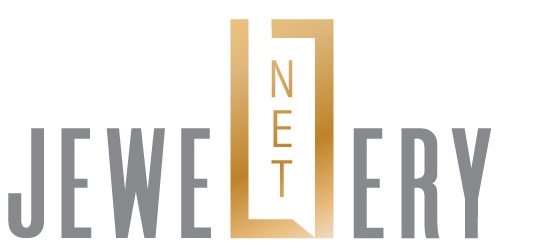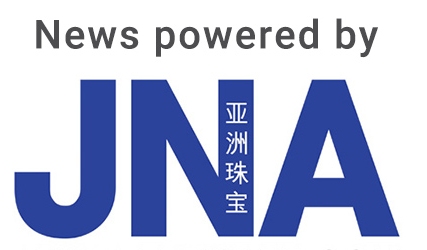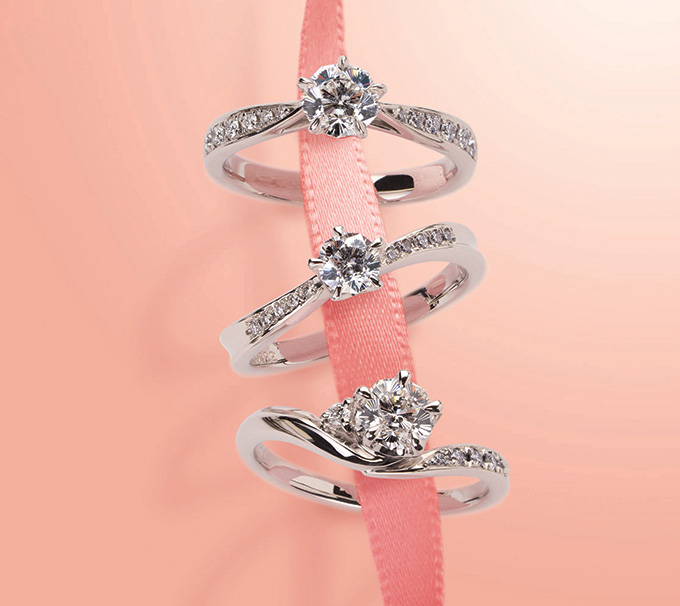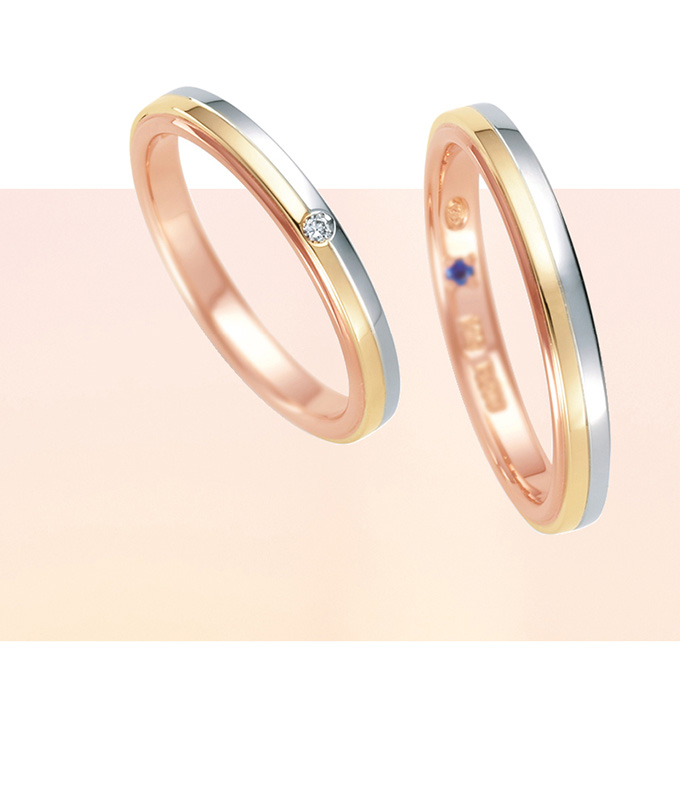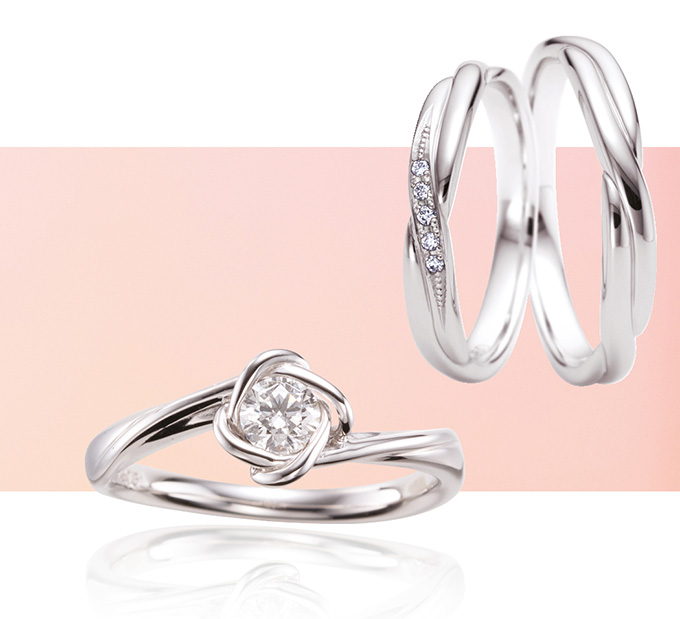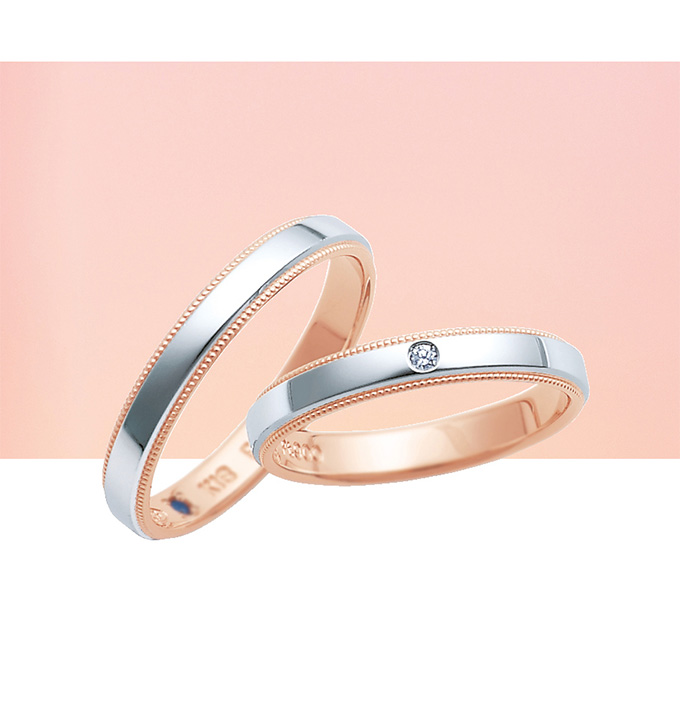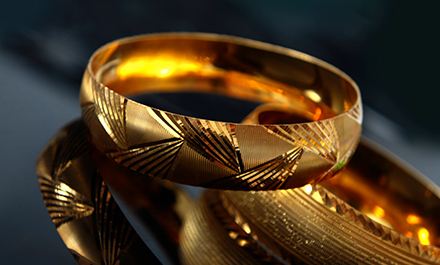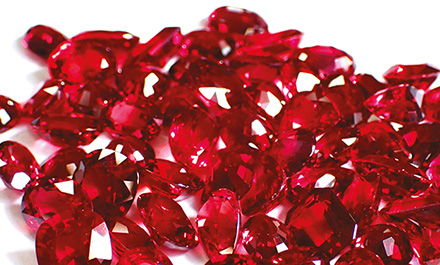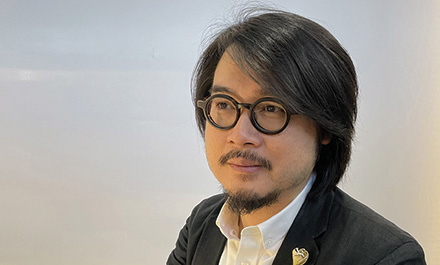Japanese jewellers are promoting bridal jewellery that combines culture with contemporary aesthetics. Embellished with popular motifs such as symbolic knots and the beloved Sakura, these meticulously crafted pieces are ready to enchant couples worldwide with their unique blend of culture, artistry and innovation.
This article first appeared in the JNA January/February 2025 issue.
Japan is carving out a distinct space in the global bridal jewellery market by interweaving tradition with modernity. Japan-based companies specialising in bridal jewellery are offering products imbued with cultural significance, emotional values and exquisite craftsmanship. This trend aligns with a broader market shift where younger consumers prioritise meaningful purchases, according to Japanese jewellers.
Cultural inspiration
Japanese bridal jewellery remains attractive to both local and international consumers, thanks to its meaningful attributes and consistent quality. The allure of these pieces lies not only in their aesthetic appeal but also in the rich cultural narratives that they carry.
According to Toshiya Noji, managing director of Japanese jewellery brand IzumoKanouring, consumers are increasingly becoming interested in designs that pay tribute to Japanese culture and tradition.
Founded in 2019, IzumoKanouring specialises in Japanese culture-inspired engagement and wedding rings. The brand's signature collection showcases the Kanoumusubi knot, which symbolises the fulfillment of wishes, along with the Japanese concept of five colours or “Goshiki.” Each of the colours – green, red, yellow, white and purple – represents a specific virtue: Affection, propriety, trust, righteousness and wisdom. The design thus suggests eternal happiness for the couple.
“In this collection, the Green Goshiki wedding rings are most favoured. People love how dimensional it is, with a twisted band design that flows seamlessly and accentuated by the contrast of various textures, finishing and colours,” said Noji.
IzumoKanouring's latest collection, Izumo Matsuru, draws inspiration from Japan’s largest shimenawa (traditional sacred ropes tied around a shrine) at Izumo Ōyashiro in Shimane Prefecture, which is also the birthplace of the brand.
“The shimenawa is believed to ward off evil spirits and signify purity. We created this collection with the hope of bringing joy to the family of the couple,” Noji shared.
Brilliant blossoms
Apart from innovative designs, diamonds are the centrepieces of Japan-made bridal jewellery.
Sakura Diamond, a jewellery brand of Tokyo Kiho Co Ltd, is renowned for its patented diamond cut showcasing a cherry blossom motif. Each diamond features up to 87 facets, ensuring its exceptional brilliance.
“This diamond cut embodies the beauty and elegance of cherry blossoms, an emblem deeply ingrained in Japanese culture. This symbolic essence makes it perfect for engagement rings and wedding jewellery,” said Yoshiyasu Shimozono, manager of Sakura Diamond and general manager of Tokyo Kiho.
Despite challenges posed by the pandemic in 2020, sales are gradually recovering, according to Shimozono. “We work with retail partners who specialise in wedding jewellery to sell Sakura Diamond products. According to them, Sakura Diamond's sales were on an upward trajectory in 2024,” he added.
In the Japanese market, solitaire diamond rings ranging from 20 to 25 points are highly sought after while 1-carat stones are less favoured. Meanwhile, there is higher demand for diamonds of 30 points or up outside of Japan.
“We want to expand our presence in overseas markets, including China, Hong Kong and Taiwan. We believe this unique cut caters to consumers who seek jewellery with a special meaning,” said Shimozono.
Japanese jewellery brand Festaria, for its part, is highlighting its bridal jewellery adorned with its patented Wish Upon a Star® diamond. This one-of-a-kind cut captures two star motifs within one diamond – the smaller star represents the couple while the larger one symbolises the bright and joyful future awaiting them.
One ring, two colours
Winnie Lau, manager of the overseas sales department at Abe Jewelry Co Ltd, noted the popularity of dual-toned rings with nature-inspired motifs.
The company's latest Ayadori Collection offers Sakura-themed wedding bands that are further accented with wood and stone textures, reflecting the beauty of nature.
Yosuke Sato, sales department manager of SJ Jewelry Corp, also highlighted rising demand for two-toned wedding rings. “One of our best-selling pieces from our bridal brand Romantic Blue is a ring with a platinum outer band and an 18-karat rose gold inner band. When worn, the rose gold rim is slightly visible. This appeals to those who appreciate minimalist, elegant designs,” shared Sato. Each ring by Romantic Blue is also embedded with a discreetly set blue sapphire. Sato explained that this was a nod to the Western tradition of brides wearing “something blue” at weddings to bring lasting happiness.
“Customers appreciate this meaningful touch,” Sato said. “They also seek high-quality pieces as these are treasured items intended to be worn for a lifetime. We prioritise the quality of the rings, making sure that they are comfortable for everyday wear.”
“While global economic circumstances might affect a couple’s budget to some extent, made-in-Japan wedding jewellery still captures the hearts of international buyers, particularly in Asia. They value the craftsmanship and symbolism of these jewellery pieces,” added Lau.
